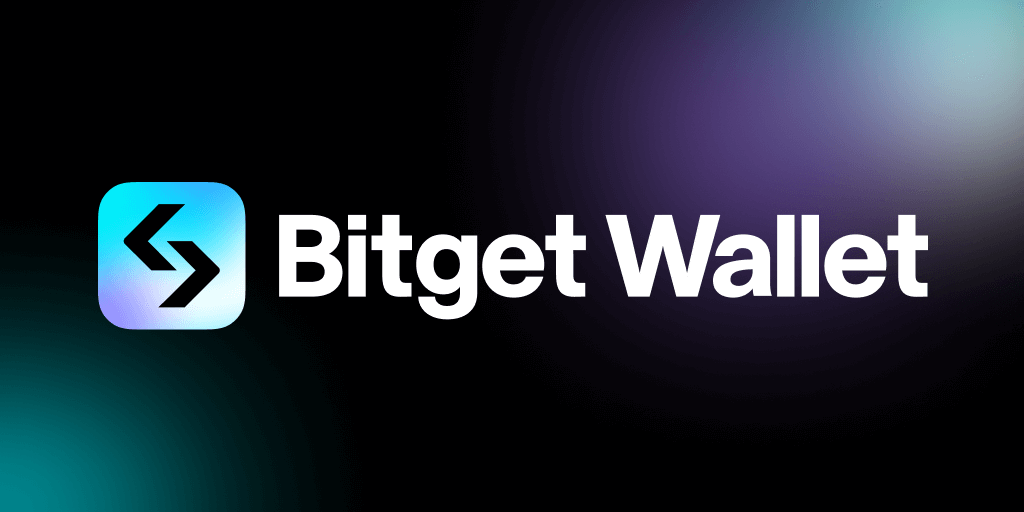Man, futures trading has always felt like walking a tightrope in a windstorm. Seriously, the volatility alone can make your head spin in seconds. And when you toss in portfolio management on top of it—juggling assets across chains, keeping an eye on leverage, margin calls, and all that jazz—it’s easy to feel overwhelmed. Here’s the thing: most platforms offer either trading or portfolio tools, but rarely both in a seamless experience. This is where a browser extension wallet really shines.
Browsers are where we spend a ton of time anyway. Why not have your crypto arsenal right there, ready for action? At first, I thought, “Isn’t a browser extension just another layer of risk?” But actually, after digging into options like the bitget wallet, it hit me that with the right security protocols, these wallets can offer a surprisingly frictionless and secure bridge between DeFi and futures trading.
Whoa! Think about the convenience: real-time portfolio updates, instant futures contract execution, plus the ability to hop between chains without logging into multiple platforms. It’s like having the cockpit and map right in your browser, no bulky apps needed. Now, there’s this intuitive flow that gets you trading fast and managing risk efficiently.
But hold on, I’m getting ahead of myself. Let’s unpack why futures trading specifically demands this kind of integration, and why portfolio management tools are evolving beyond spreadsheets and clunky dashboards.
Futures trading isn’t for the faint-hearted. It’s inherently complex—leverage multiplies profits and losses, margin requirements shift as markets gyrate, and timing is everything. I remember my first futures trade; the adrenaline rush was real, but so was the confusion. Without quick access to your positions and collateral status, you’re flying blind.
And then there’s portfolio management. Managing a multi-chain portfolio means handling assets scattered across Ethereum, BSC, Polygon, and more. Switching between wallets or apps for each chain wastes precious time—and every second counts when you’re hedging or adjusting futures positions. That’s why having a unified interface via a browser extension is a game changer.
Okay, so here’s a bit of a tangent—oh, and by the way, not all browser extension wallets are created equal. Some sacrifice security for convenience, or vice versa. But what bugs me about many wallets is the lack of futures trading integration. You get a wallet for holding assets, sure, but no native way to open, close, or monitor futures trades. That’s a gap that the bitget wallet smartly fills.
My instinct said, “If you can combine these functions without compromising security, you’re onto something.” And bitget wallet does just that. It supports multi-chain assets, offers a smooth browser extension interface, and integrates futures trading directly. That means no hopping back and forth between apps or refreshing dashboards constantly.
Really? Yes, and here’s why that matters: futures markets move fast—sometimes too fast for traditional mobile or desktop apps to keep up with user workflows. A browser extension is always just a click away. Plus, it can leverage browser notifications and quick wallet unlocks to alert you before a margin call or liquidation risk hits.
Let me work through this a bit more carefully. On one hand, using a browser extension wallet raises concerns about phishing or malicious sites, especially with high-risk trades like futures. Though actually, the bitget wallet employs layered cryptographic safeguards and transaction confirmations that minimize this risk. It’s not foolproof, but it’s a big step up from keeping funds on centralized exchanges alone.
Initially, I thought holding large futures collateral in any hot wallet was risky. But then I realized that the trade-off for agility and control can outweigh risks if you’re proactive with security—using hardware wallets, strong passwords, and staying vigilant. The bitget wallet’s interface encourages this kind of responsible management.

How Bitget Wallet Bridges the Gap Between Usability and Control
Okay, so check this out—the bitget wallet doesn’t just store your tokens; it actively helps you manage your futures positions. You can see your open contracts, unrealized PnL, margin levels, and available collateral right within the browser. No need to jump through hoops or open multiple tabs.
This is especially handy for multi-chain DeFi users who often struggle with fragmented portfolio views. For example, if you’re holding collateral on Polygon but trading futures on BSC, bitget wallet’s multi-chain capabilities let you monitor everything in one place. That’s a huge timesaver and reduces the risk of missing critical notifications.
Plus, the wallet’s browser extension nature means it’s always at your fingertips—whether you’re researching a new token, checking social sentiment, or executing a trade. The speed alone can be the difference between locking in profits or getting liquidated when markets swing.
Here’s what bugs me about some other wallets: they feel like clunky add-ons, not integrated tools. Bitget wallet, in contrast, feels like it was built with traders in mind. The UX is clean, and the futures trading module is surprisingly robust given it’s embedded in a lightweight extension.
Now, I’m biased, but having used it alongside other tools, I can say that the reduced latency and centralized control over your portfolio and futures trades effectively reduce cognitive load. You don’t have to mentally juggle multiple interfaces or worry about syncing data across apps.
Hmm… there’s still the matter of security. Browser extensions have had their share of vulnerabilities historically. But bitget wallet’s team seems to have focused on hardened security protocols and regular audits. It’s not perfect—no system ever is—but it’s reassuring to see this level of attention, especially with leveraged trading involved.
And speaking of portfolio management, the wallet’s built-in analytics let you track your overall exposure, risk distribution, and recent trade performance. This helps prevent over-leveraging and impulsive decisions—which, trust me, are easy traps when you’re caught up in fast-moving futures markets.
One quick note before we dive deeper: I’m not 100% sure how the wallet handles some edge cases, like cross-chain collateral swaps or complex hedging strategies. The docs are decent but could use more real-world examples. Hopefully, this evolves as the tool matures.
Why Browser Extensions Are the Future of Multi-Chain Trading
Look, it’s no secret that DeFi is bursting at the seams with innovation, but user experience still lags behind traditional finance apps. The bitget wallet’s browser extension model addresses this head-on by embedding trading and portfolio management directly where users spend their time.
Think about it: your browser is the gateway to everything—news, analytics, social media, and increasingly, your crypto dealings. Having a wallet extension that merges futures trading and portfolio insights natively streamlines workflows and reduces friction.
And the multi-chain support? That’s huge. Managing assets across multiple blockchains can feel like a never-ending game of whack-a-mole. The ability to unify these assets and trades in one secure interface is a huge win, especially for active traders who need to pivot quickly.
Here’s an aha! moment: futures trading isn’t just about speculation anymore. It’s a strategic tool for portfolio hedging and yield enhancement. Tools like bitget wallet empower users to integrate these strategies seamlessly without jumping through hoops.
Of course, no tool can replace good judgment and risk management. But having real-time data, instant trade execution, and consolidated portfolio views all within a browser extension does tilt the balance in favor of smarter, faster decisions.
On a personal note, I’ve noticed that having everything accessible within the browser reduces the “context switching” fatigue that often leads to mistakes—especially in volatile markets. It’s like having a cockpit dashboard that’s always in view, not buried in some app you have to launch and sync.
Seriously, once you try trading futures with integrated portfolio management in a browser extension like bitget wallet, going back feels… clunky. It’s not perfect yet, but it’s the direction things are headed.
By the way, if you’re curious about trying it out, check out the bitget wallet. It might just change how you approach futures trading and portfolio oversight forever.
Frequently Asked Questions
Is using a browser extension wallet safe for futures trading?
While browser extension wallets come with inherent risks, wallets like bitget wallet employ strong security protocols and regular audits to mitigate these risks. Using hardware wallets alongside browser extensions and practicing good security hygiene further enhances safety.
Can I manage multiple chains and futures positions simultaneously?
Yes, bitget wallet supports multi-chain asset management and integrates futures trading, allowing users to monitor and execute trades across different blockchains seamlessly within the same interface.
Does the wallet support real-time portfolio analytics?
Absolutely. It provides real-time updates on portfolio performance, risk exposure, and futures contract details, helping users make informed decisions quickly.


No Comments